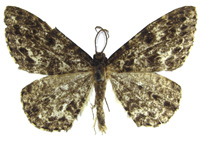Abstract
We describe and compare the tadpoles of nine Leptodactylodon species from Cameroon. The tadpoles of Leptodactylodon bicolor, L. mertensi, L. ovatus, L. perreti and L. ventrimarmoratus are herein reinvestigated, partly based on larger series than previously available. In addition we present first descriptions for the tadpoles of L. boulengeri, L. erythrogaster, L. ornatus, and L. cf. polyacanthus. The morphology of these exotrophic, lotic and neustonic tadpoles is discussed in comparison with other stream-dwelling tadpoles. Based on the assumed biology of these tadpoles, living in interstices of gravel or debris, the functioning of several special morphological features, in particular the funnel-mouth of Leptodactylodon tadpoles, are interpreted.

